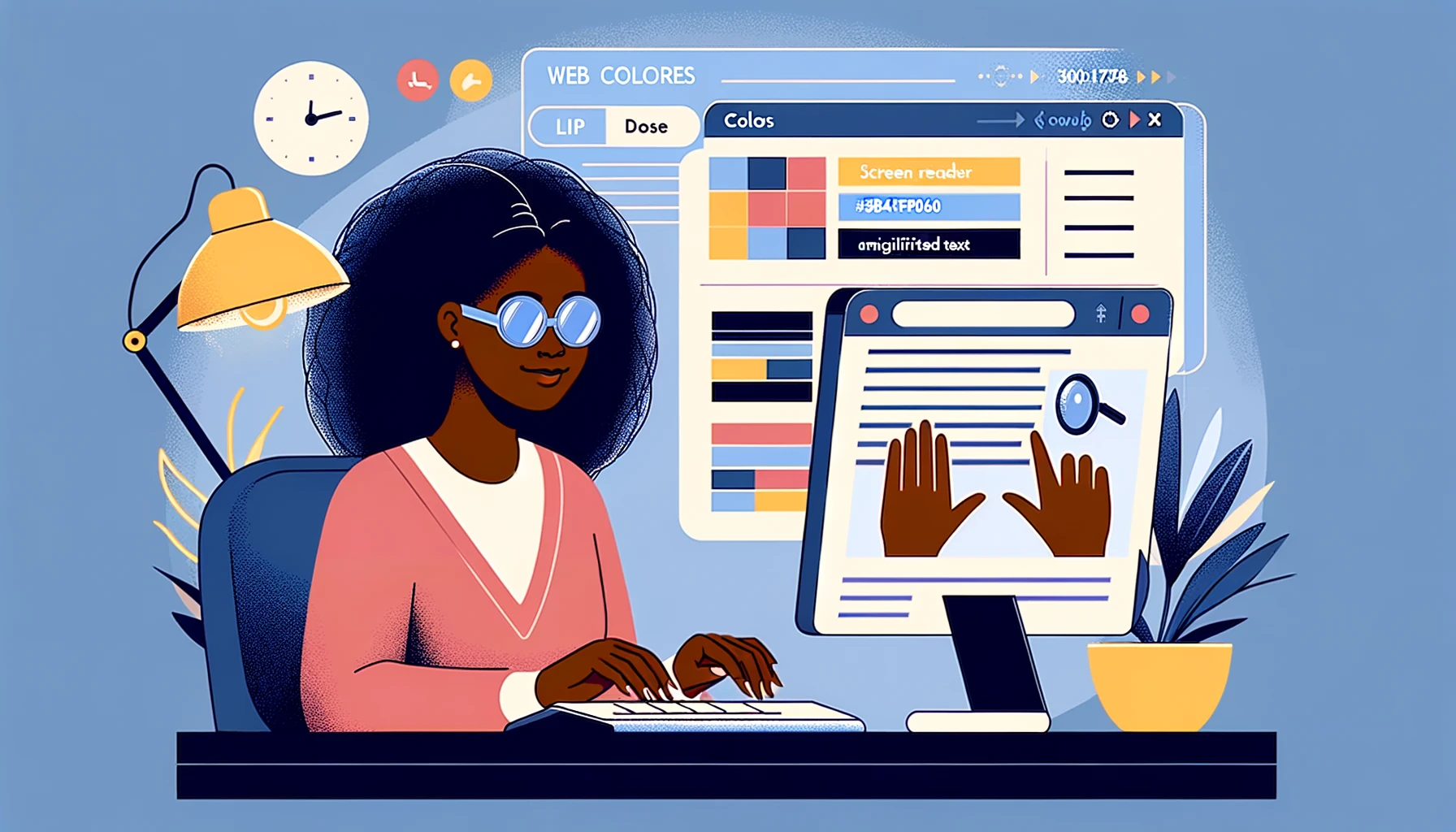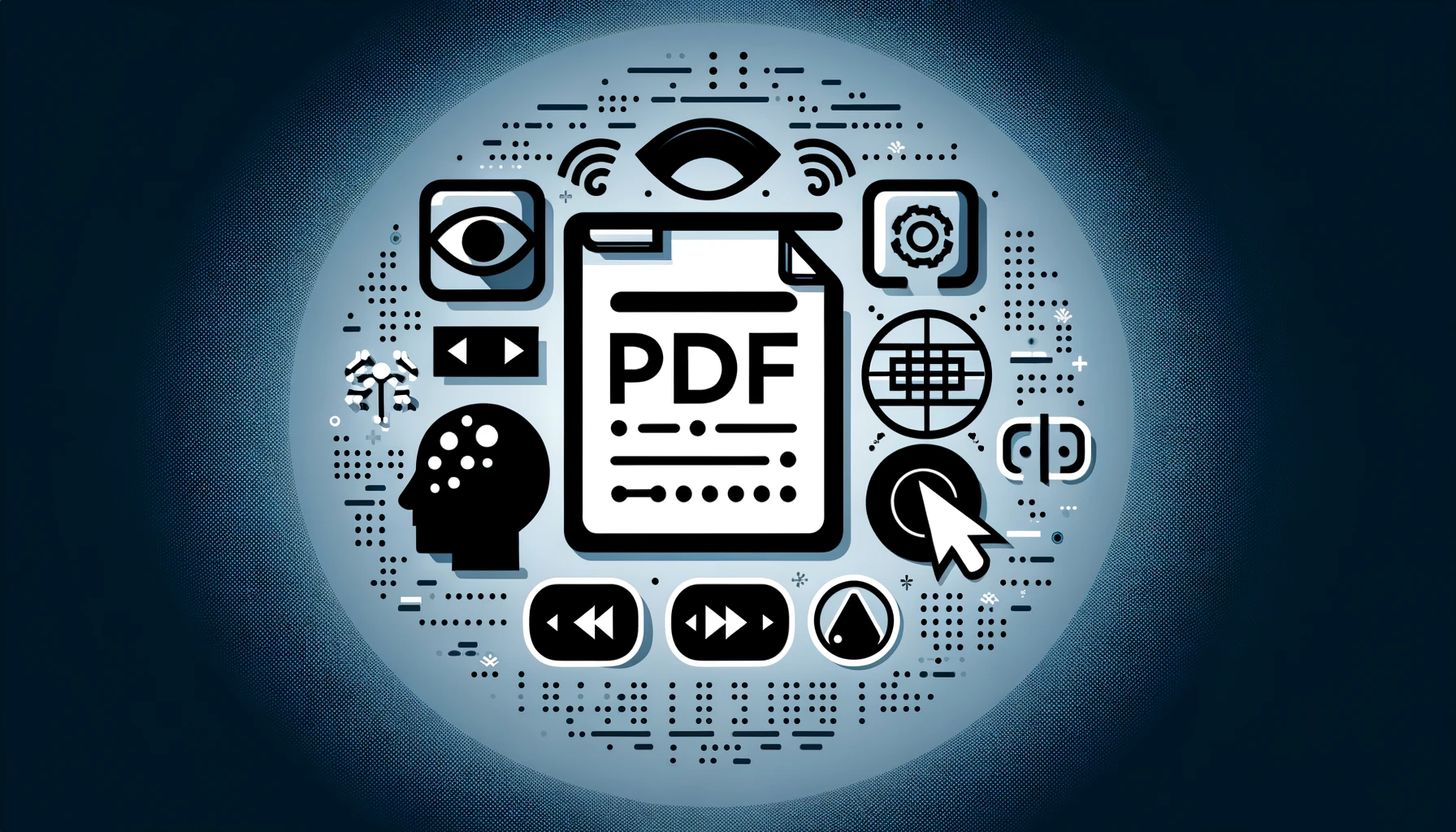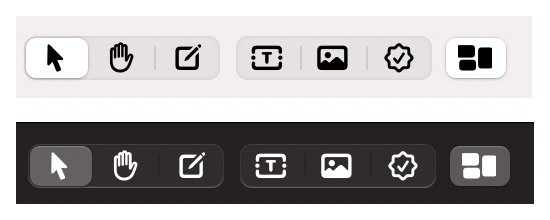by Virginia Gavin
Understanding WCAG: A Brief Overview
WCAG, which stands for Web Content Accessibility Guidelines, is a set of guidelines developed by the World Wide Web Consortium (W3C) to ensure that web content is accessible to all users, including those with disabilities. The guidelines provide specific recommendations for making web content perceivable, operable, understandable, and robust.
By following WCAG, website owners and developers can ensure that their websites are accessible to individuals with disabilities, such as visual impairments, hearing impairments, motor disabilities, and cognitive and learning disabilities. WCAG is widely recognized and used as the standard for web accessibility across the globe.
WCAG 2.2 is the latest version of these guidelines, released in October 2023. It introduces new updates and changes to further improve web accessibility and inclusivity for all users.
The Need for WCAG 2.2
As technology advances and the internet becomes an increasingly integral part of our daily lives, it is crucial to ensure that everyone, regardless of their abilities, can access and use web content. WCAG 2.2 addresses the evolving landscape of web technologies and user needs, providing updated guidelines to meet the accessibility requirements of modern websites and applications.
The need for WCAG 2.2 arises from the recognition that accessibility is not a one-time achievement but an ongoing process. As new technologies and devices emerge, it is essential to update the guidelines to keep up with the changing digital landscape. WCAG 2.2 aims to bridge the accessibility gaps that may exist in earlier versions and address the specific needs of users with disabilities in the current digital environment.
Key Updates in WCAG 2.2
WCAG 2.2 introduces several key updates to enhance web accessibility. Some of the notable updates include:
- New success criteria for mobile accessibility: WCAG 2.2 provides improved guidelines for mobile devices, ensuring that websites and applications are accessible on smartphones, tablets, and other mobile platforms. This update acknowledges the increasing use of mobile devices for accessing the web and aims to optimize the user experience for mobile users with disabilities.
- Enhanced guidelines for cognitive and learning disabilities: WCAG 2.2 includes additional success criteria that address the specific needs of individuals with cognitive and learning disabilities. These guidelines focus on improving readability, reducing distractions, and providing clear instructions to make web content more accessible and understandable for users with cognitive impairments.
These are just a few examples of the key updates introduced in WCAG 2.2. The new version aims to make the web more inclusive and accessible for all users, regardless of their abilities or the devices they use to access the internet.
Improved Accessibility Guidelines for Mobile Devices
With the increasing use of mobile devices for browsing the internet, it is essential to ensure that web content is accessible on smartphones, tablets, and other mobile platforms. WCAG 2.2 introduces new success criteria specifically designed to improve mobile accessibility.
The updated guidelines address challenges such as limited screen size, touch-based interactions, and varying network conditions. They provide recommendations for responsive design, touch target sizes, gesture support, and more, to ensure that users with disabilities can effectively navigate and interact with web content on their mobile devices.
By following the improved accessibility guidelines for mobile devices outlined in WCAG 2.2, website owners and developers can create mobile-friendly web experiences that are accessible to all users, regardless of the device they use.
Enhanced Guidelines for Cognitive and Learning Disabilities
WCAG 2.2 recognizes the unique challenges faced by individuals with cognitive and learning disabilities and introduces enhanced guidelines to address their specific needs. The updated guidelines focus on improving readability, reducing cognitive load, and providing clear instructions.
Some of the key aspects covered in the enhanced guidelines include:
- Simplified language and content structure: Clear and concise language, organized content structure, and logical headings help individuals with cognitive disabilities comprehend and navigate web content more easily.
- Minimizing distractions: Avoiding unnecessary animations, auto-playing videos, and other distracting elements helps individuals with attention deficit disorders or sensory sensitivities focus on the relevant content.
- Providing clear instructions: Step-by-step instructions, visual cues, and contextual information assist individuals with learning disabilities in understanding and completing tasks on websites and applications.
By implementing the enhanced guidelines for cognitive and learning disabilities outlined in WCAG 2.2, website owners and developers can create web content that is more accessible and inclusive for individuals with these types of disabilities.




